Sight words are a key part of early reading instruction. Sight words are essential for helping children read smoothly. Since they appear so often in text, being able to identify them instantly makes reading sentences easier. Unlike words that follow phonetic patterns, sight words require consistent practice and reinforcement to ensure mastery. Learning them early helps lay a solid foundation for future reading success.
Recognising sight words also helps children improve their verbal communication. Knowing these words allows them to better follow conversations, instructions, and stories, boosting their confidence in language skills. This connection between spoken and written language supports overall cognitive development.
For teachers and parents, creating a supportive and fun learning environment is key. Using activities like games, flashcards, and interactive reading sessions helps children retain sight words while making learning enjoyable and engaging. With the right approach, children can build strong reading and language skills that will benefit them throughout their educational journey.
What Are Sight Words?
Many educators and parents often ask, what are sight words? Simply put, sight words are high-frequency words that children are encouraged to identify instantly without sounding them out. Since these words do not always follow standard phonetic rules, memorisation plays a crucial role in their learning. Mastering these words allows young readers to focus on understanding the meaning of texts rather than struggling with pronunciation.
Importance of Sight Words in Kindergarten
Developing an interest in learning sight words at an early age is crucial. These words appear frequently in children’s books, worksheets, and classroom activities. When children learn these words by sight, they can read more fluently and confidently. This ability aids in comprehension since they are not spending too much cognitive effort on decoding individual words.
Another important aspect of learning basic sight words is the enhancement of writing skills. Knowing these commonly used words can help children create sentences more easily. This improves their writing skills and makes it easier for them to express their thoughts clearly in everyday communication. Building a strong vocabulary at a young age sets a solid foundation for better writing and communication in the future.
Sight Words List for Kindergarten
A well-structured sight word list is vital for effective teaching. This list provides a starting point for parents and teachers to introduce these words gradually, reinforcing their recognition through engaging activities. Some of the most common basic sight words that kindergartners should learn include:
- the
- and
- is
- in
- it
- to
- you
- he
- she
- we
Examples of Sight Words in Sentences
Using kindergarten sight words in sentences helps children understand their practical use while improving their language skills. Here are a few examples of how these words can be applied in simple yet meaningful sentences:
- The cat is on the mat.
- She likes to play outside.
- He is a good boy.
- We go to school every day.
- You are my best friend.
Sight Word Activities for Kindergarten
Engaging and interactive sight word activities make learning fun and effective. Some popular activities include:
- Flashcards: Using flashcards is one of the simplest yet most effective ways to reinforce sight word list recognition. Repeated exposure to words through flashcards enhances memorisation.
- Word Hunts: Encouraging children to find sight words in books, newspapers, and classroom walls creates a fun and active learning environment.
- Sight Word Bingo: A fun classroom game where children match basic sight words to words on their bingo cards. This helps in quick recognition and recall.
- Writing Practice: Encouraging children to write examples of sight words in their sentences fosters better understanding and application.
- Interactive Apps and Games: Technology can be an excellent resource. Various educational apps focus on sight word activities, offering an engaging way to practice and reinforce learning.
Strategies for Teaching Sight Words
To ensure effective learning, educators and parents can adopt various strategies:
- Repetition and Reinforcement: Consistently practising words helps in long-term retention.
- Multisensory Learning: Incorporating visual, auditory, and kinesthetic activities ensures better engagement.
- Use of Context: Teaching words within the context of sentences helps children understand their meaning and usage.
Mastering basic sight words is an important step in a child’s reading journey. Recognising these words quickly helps improve reading fluency, comprehension, and confidence. Fun and engaging sight word activities make learning more enjoyable, and with patience and consistency, parents and teachers can create a positive environment that encourages a love for reading.
At Mother’s Pet Kindergarten, we focus on building strong reading skills by teaching kindergarten sight words. Our interactive curriculum helps children learn through play and exploration. By practising sight words regularly and using them in real-life situations, we help young learners create a solid foundation for reading success. We believe that fostering a love for reading early on inspires a lifelong passion for learning and sets children on the path to academic achievement.
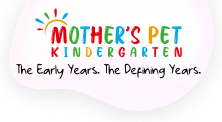
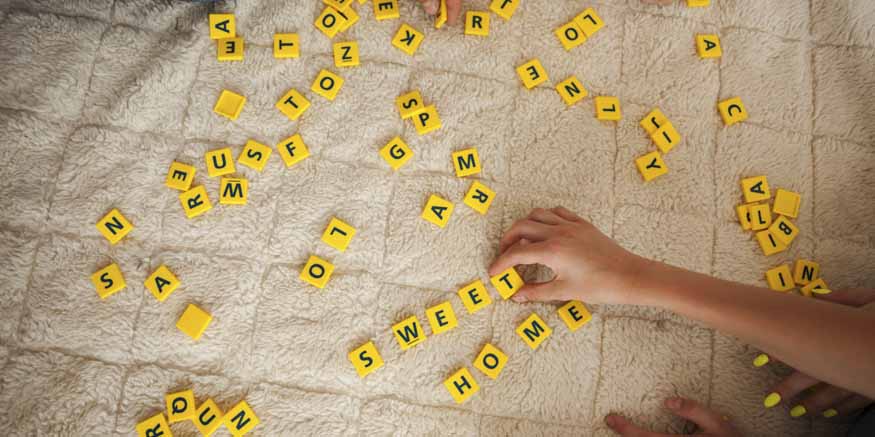
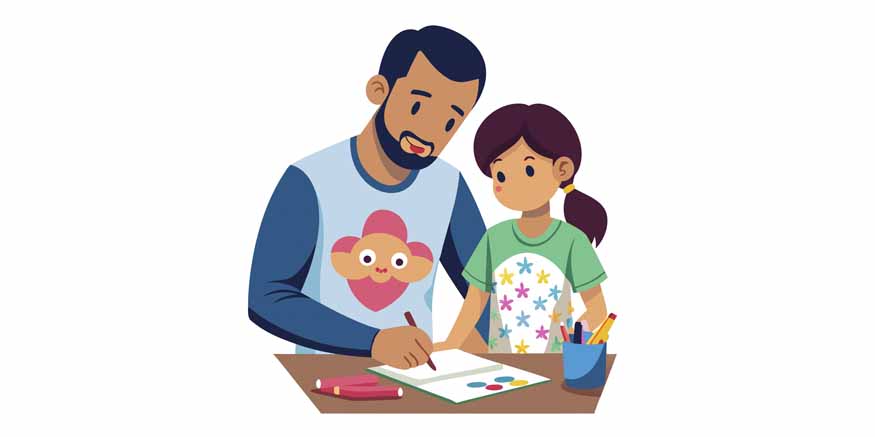
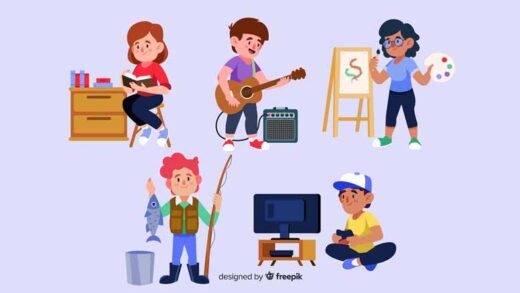
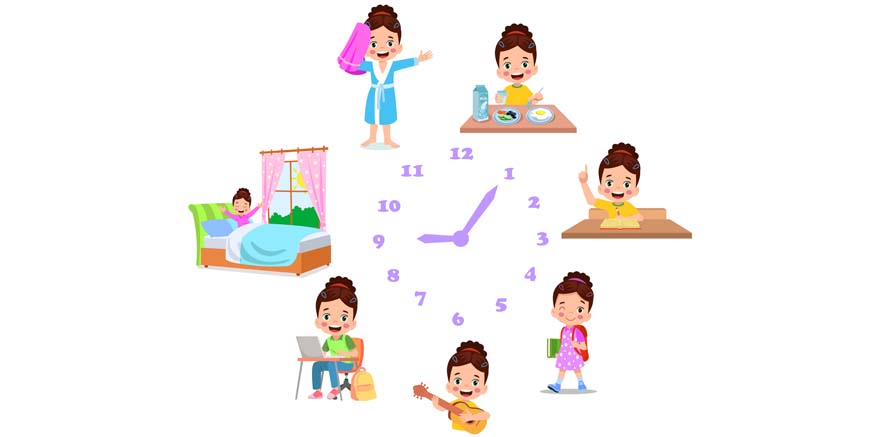
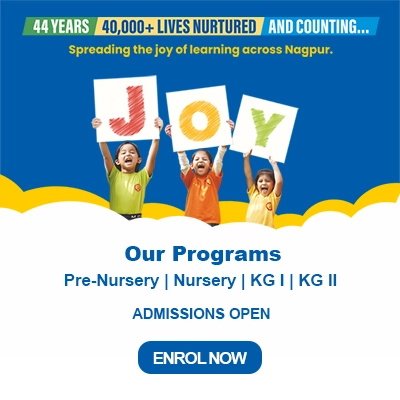
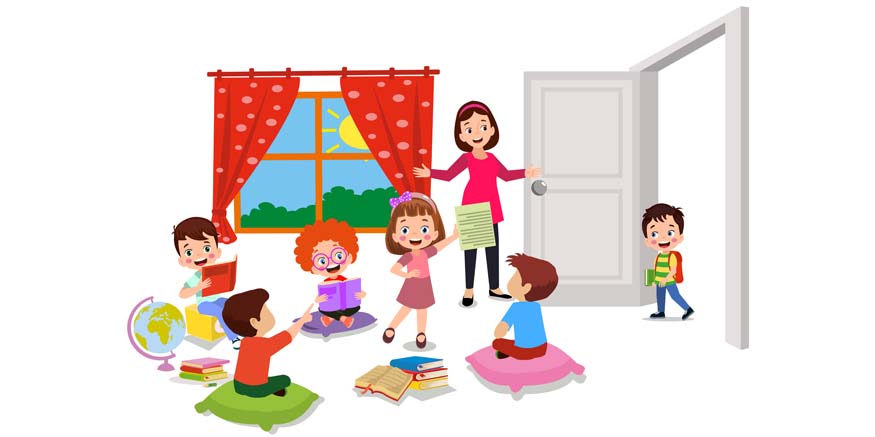
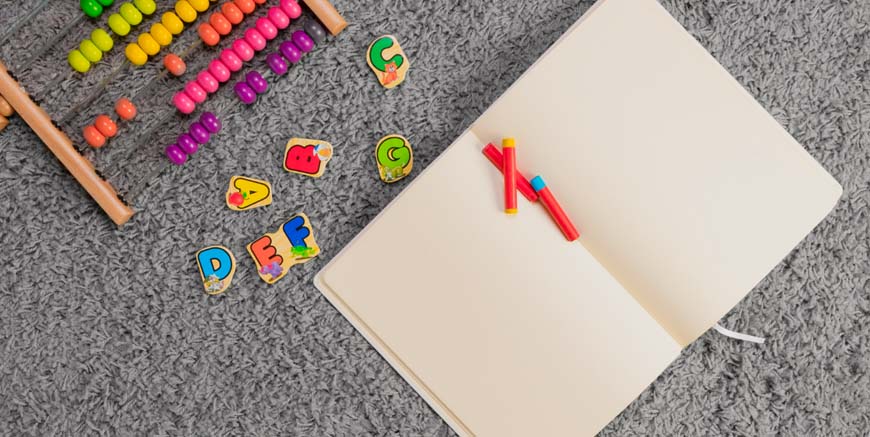


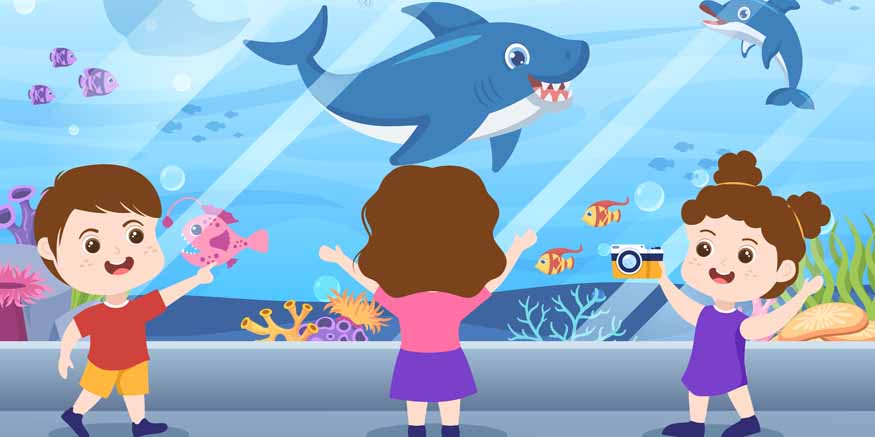
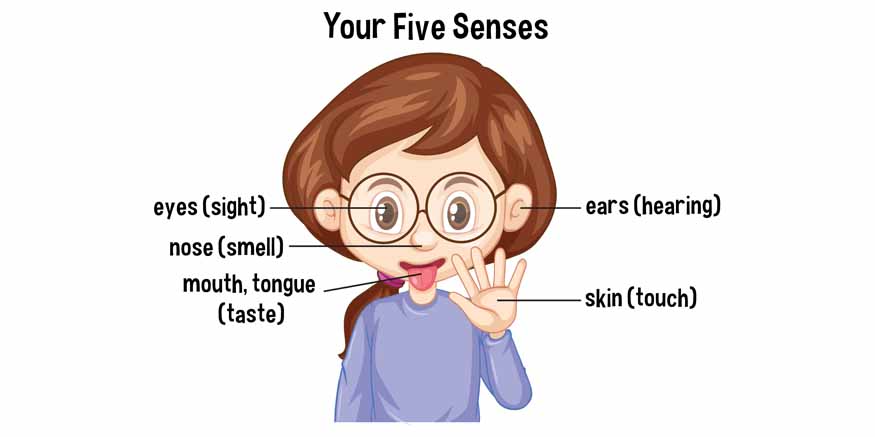

Recent Comments